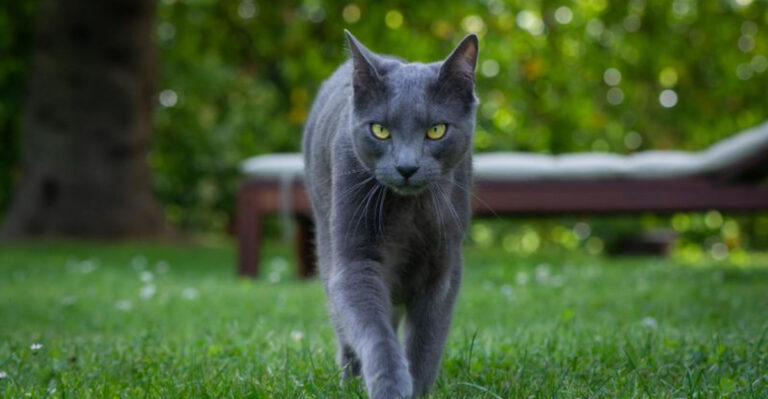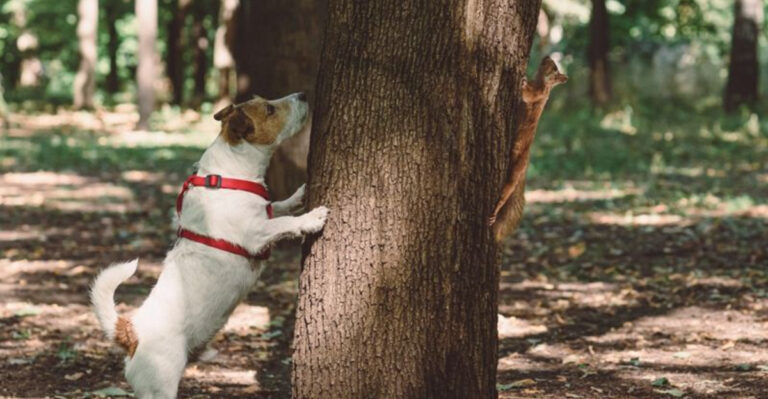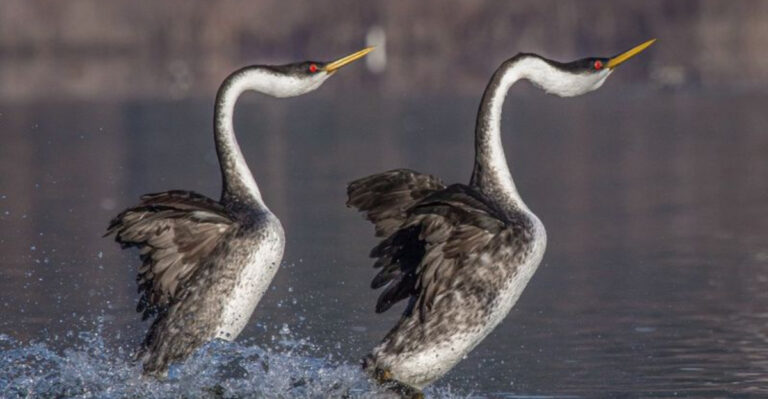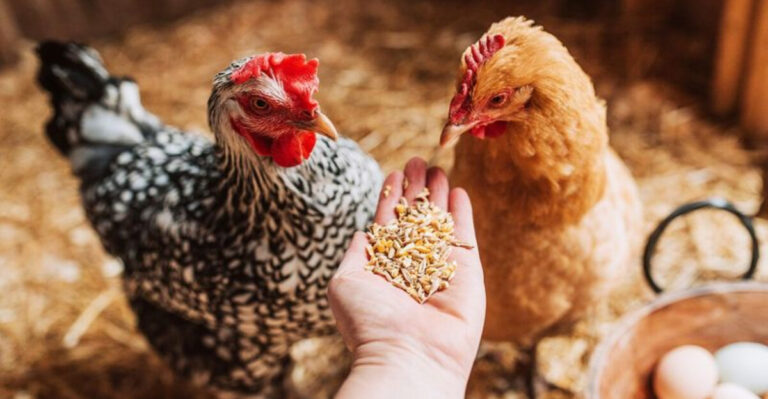Giant Sloths, Mastodons, And Humans: How These Ancient Species Coexisted In The Americas
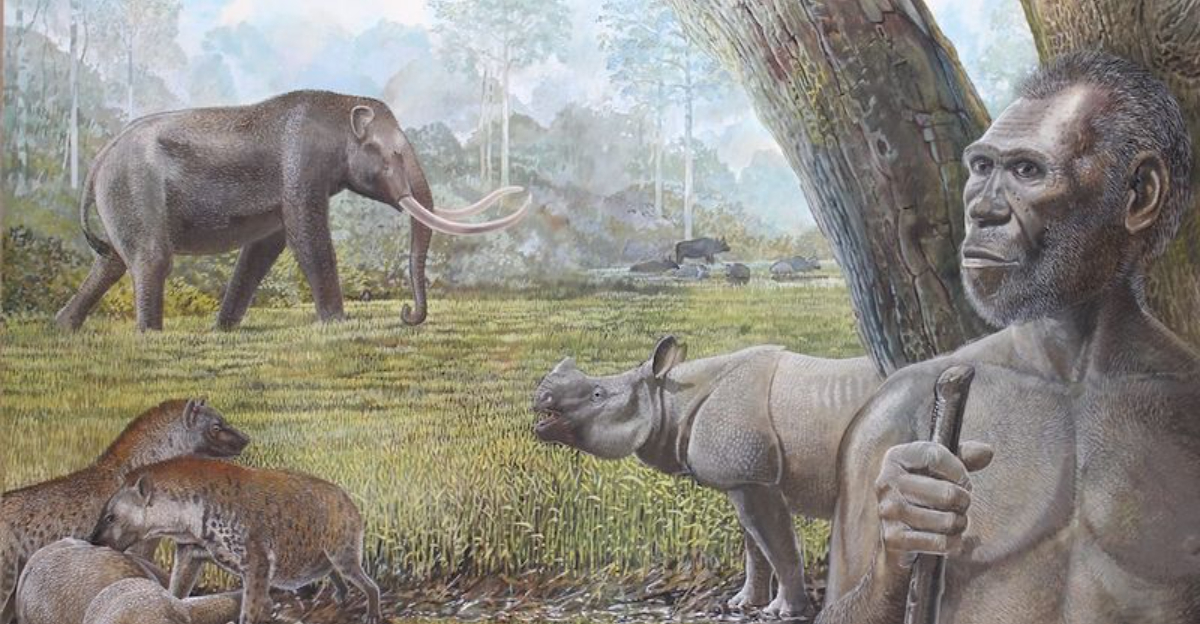
Long before skyscrapers and highways, the Americas were home to creatures straight out of a fantasy novel.
Giant sloths the size of elephants, woolly mastodons, and early humans shared forests, grasslands, and mountains across two continents.
Their stories are written in fossils, cave paintings, and ancient artifacts that scientists have pieced together like a prehistoric puzzle.
Let’s explore how these remarkable species lived alongside each other in a world vastly different from our own.
1. Unexpected Neighbors: The First Human Encounters

When humans first arrived in the Americas around 15,000-20,000 years ago, they walked into a land teeming with creatures we can barely imagine today.
These early people weren’t just visitors – they were moving in. They had to learn which animals were dangerous, which could be hunted, and how to share resources.
Unlike our modern world where humans dominate, these early settlers were just another species trying to survive among giants.
2. Walking Giants: Ground Sloths’ Massive Footprint

Forget the lazy tree-dwellers we know today! Ancient ground sloths like Megatherium stood 20 feet tall on hind legs and weighed up to 4 tons. Their massive claws weren’t just for climbing – they were perfect tools for pulling down tree branches and defending against predators.
Across the Americas, these gentle giants left behind massive tunnel systems that still exist today. Called paleoburrows, some are big enough for a person to walk through standing upright!
Their dung piles, now fossilized, tell us they munched on everything from grasses to tree leaves.
3. Tusk Masters: Mastodons’ Woodland Dominance
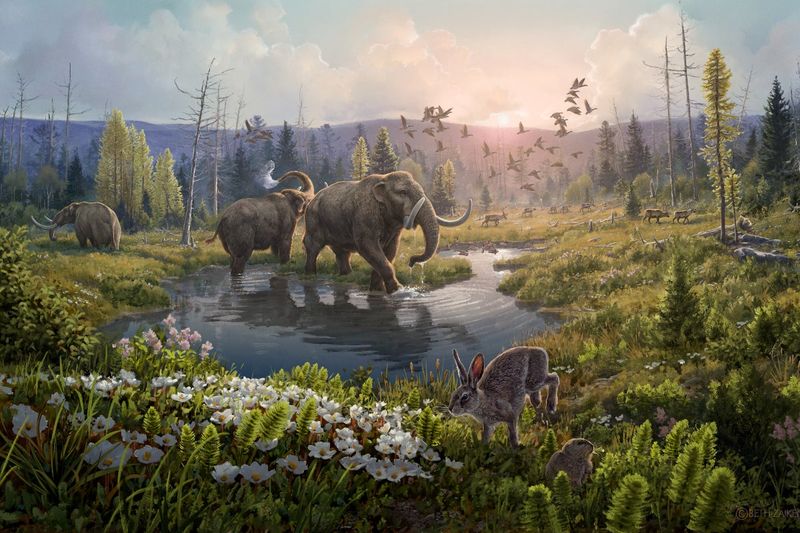
Mastodons ruled the forests with their impressive tusks that could grow over 8 feet long! Unlike their elephant cousins, these shaggy beasts specialized in chomping through tough woodland vegetation, using their tusks to strip bark from trees and battle rivals during mating season.
Fossil evidence shows mastodons traveled in family groups led by older females. Their teeth reveal a diet of pine cones, twigs, and leaves – perfect forest food.
When humans arrived, mastodons had already been thriving for millions of years, their bodies perfectly adapted to the cool, forested environments of ancient North America.
4. Hunting Strategies: How Humans Targeted Megafauna

Early American hunters developed incredible skills to take down animals many times their size. Rather than charging in with spears, they often used traps, fire drives, or ambushed animals at water sources.
One clever technique? Herding mastodons into boggy areas where the massive creatures would get stuck.
Clovis points – distinctive stone spearheads – show how technology evolved specifically for hunting large animals. Some archaeological sites reveal entire mastodon skeletons surrounded by stone tools and butchering marks.
But hunting these giants was dangerous business! One wrong move could mean being crushed or impaled.
5. Dinner Time: Prehistoric Meal Sharing
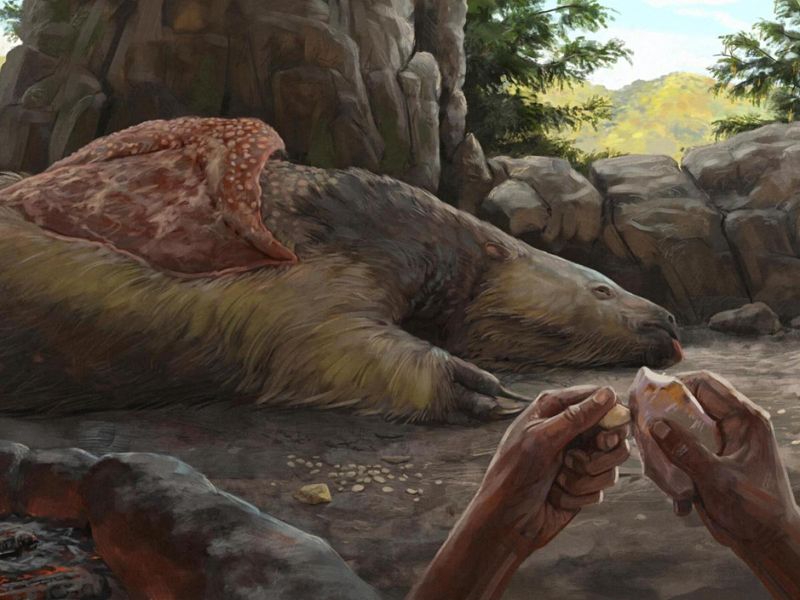
Mealtime in ancient America created unexpected partnerships. When humans took down a mastodon, they couldn’t possibly eat it all before it spoiled.
The leftovers attracted scavengers – including giant ground sloths who normally ate plants but wouldn’t pass up free meat!
Scientists have found fossilized dung containing both plant matter and meat scraps, suggesting some typically herbivorous megafauna occasionally scavenged human kills.
Meanwhile, humans learned to preserve meat by drying, smoking, or freezing it in cold climates. Food sharing between human bands became crucial for survival, creating complex social networks across vast territories.
6. Climate Survivors: Adapting To Ice Age Changes
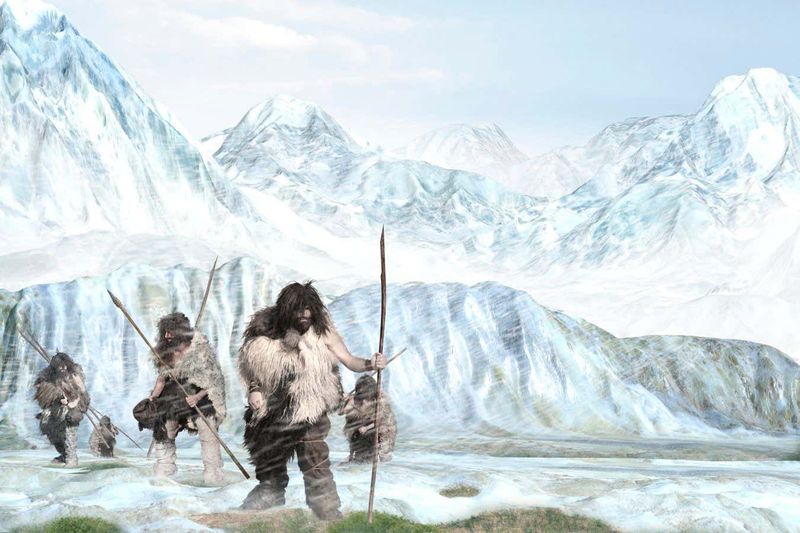
The last Ice Age wasn’t just cold – it was wildly unpredictable! Temperatures could swing dramatically, forcing animals and humans to constantly adapt. Mastodons grew thick, shaggy coats and stored fat reserves to survive harsh winters.
Ground sloths, surprisingly adaptable despite their size, could shift their diets based on available vegetation.
Humans proved most flexible of all, creating specialized clothing from animal hides and inventing new hunting techniques for each environment.
As ice sheets advanced and retreated, all three species had to migrate, following favorable conditions across thousands of miles.
7. Artistic Inspiration: Cave Paintings Tell Their Story
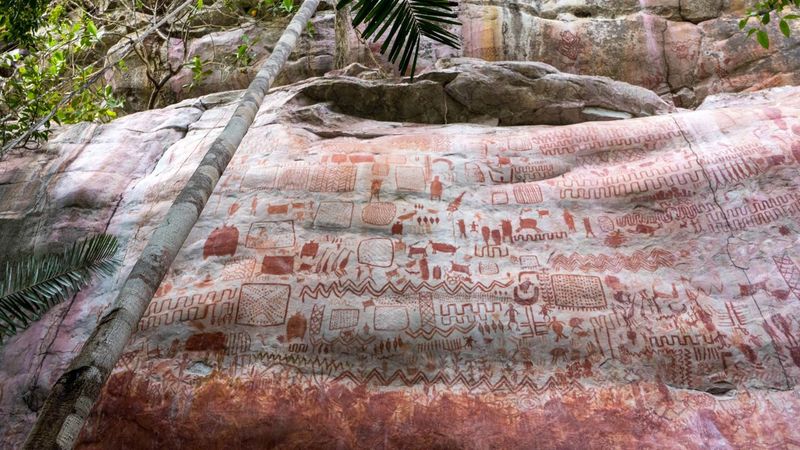
Ancient artists captured their awe of megafauna on cave walls across the Americas. In Brazil’s Serra da Capivara, red ochre paintings show humans interacting with giant sloths.
North American petroglyphs feature mastodons with exaggerated tusks, revealing how these animals captured human imagination.
These aren’t just pretty pictures! They’re scientific gold mines, showing details about animal behavior, hunting methods, and even spiritual beliefs.
Some paintings show mastodons in ceremonial contexts, suggesting they held religious significance. The artists’ careful attention to anatomical details helps modern scientists understand how these animals moved and behaved.
8. Extinction Mystery: What Really Happened?

Around 10,000 years ago, something devastating happened – most large mammals in the Americas vanished forever. Was it overhunting by humans? Climate change? Disease? The debate rages on!
The timing suspiciously coincides with human arrival, leading many scientists to propose the “overkill hypothesis.” Others point to dramatic climate shifts as ice sheets retreated.
Most likely, it was a perfect storm of problems. Mastodons and giant sloths reproduced slowly – just one baby every few years – making their populations extremely vulnerable to any threats.
9. Ecosystem Engineers: How Megafauna Shaped Landscapes
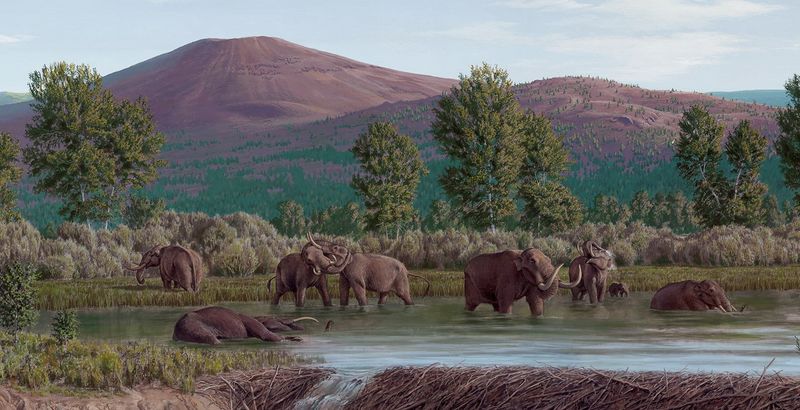
Mastodons and giant sloths weren’t just inhabitants of ancient ecosystems – they were architects! Their massive bodies created trails through dense forests that became natural pathways for other animals and eventually humans.
When mastodons knocked down trees to reach tender leaves, they created meadows where new plants could grow.
Giant sloths spread seeds through their dung, helping propagate fruit trees across vast distances. Many plants evolved specifically to be eaten and dispersed by these giants.
When these megafauna disappeared, entire ecosystems transformed. Some plant species that depended on these animals for seed dispersal became rare or extinct themselves.
10. Family Matters: Social Structures Among Ancient Species
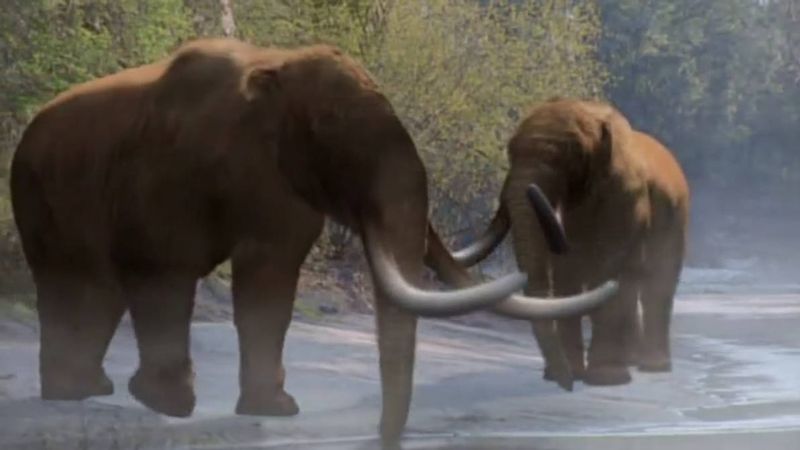
Family bonds weren’t just for humans! Mastodon fossils found in groups suggest they lived in tight-knit herds led by matriarchs, much like modern elephants.
Older females likely passed down crucial knowledge about migration routes, food sources, and predator avoidance.
Giant sloths appear to have been more solitary, coming together mainly for mating. Human social structures were evolving rapidly during this time, with evidence of complex family groups and beginnings of tribal identities.
When these species encountered each other, they had to interpret and adapt to very different social languages and territorial behaviors.
11. Shared Resources: Competition At Watering Holes
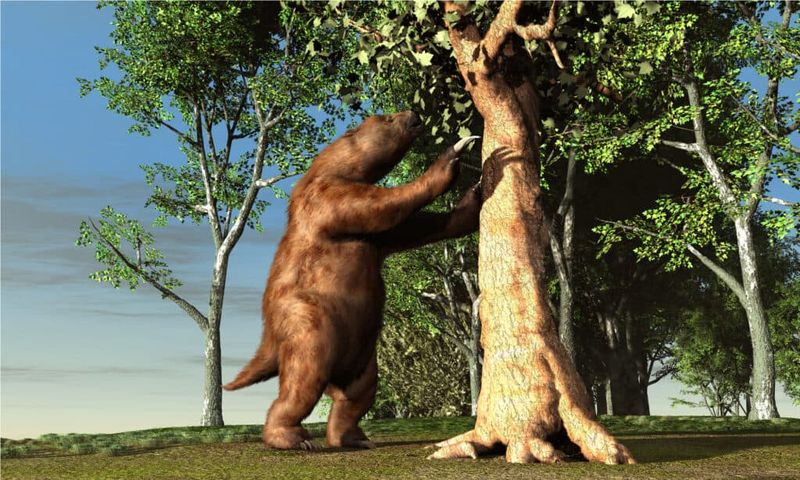
Ancient watering holes were like prehistoric Grand Central Stations! During dry seasons, humans, mastodons, and giant sloths all converged on shrinking water sources, creating tense standoffs and unlikely truces.
Fossil footprints preserved in ancient mud show these different species visited the same spots, sometimes just hours apart. Humans likely learned to predict animal movements by monitoring these shared resources.
For mastodons, these gatherings became important social hubs where different family groups could mix. Giant sloths, despite their fearsome claws, often waited their turn, visiting water sources during quieter periods.
12. Scientific Sleuthing: How We Know What We Know

Modern scientists are prehistoric detectives, using amazing techniques to reveal ancient secrets! By studying chemical isotopes in fossilized teeth, they can determine what mastodons ate and where they migrated. DNA extracted from sloth dung (yes, really!) reveals their exact diet and health.
Ancient human sites provide clues through stone tools, fire pits, and food remains. Some of the most exciting discoveries come from underwater caves in Mexico and sinkholes called cenotes, where perfectly preserved skeletons tell stories of animals that fell in and couldn’t escape.
Each new finding helps complete our picture of how these species interacted.
13. Modern Echoes: What Ancient Coexistence Teaches Us Today
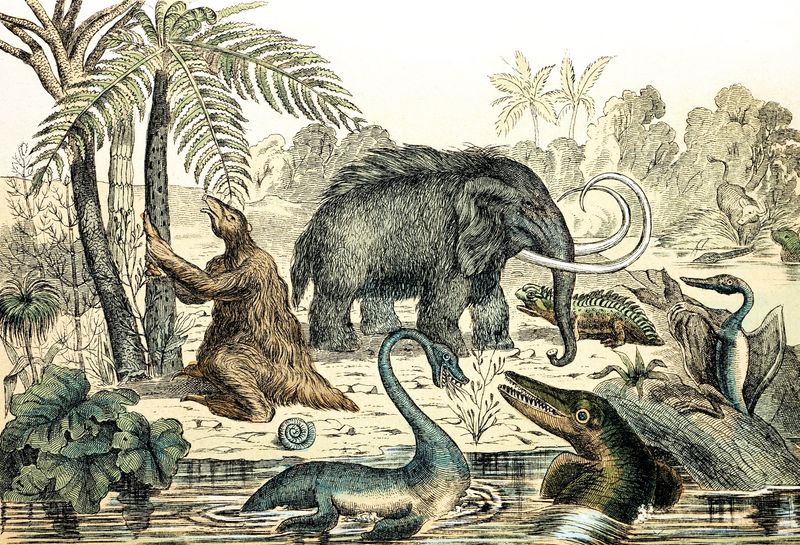
The story of humans, mastodons, and giant sloths offers powerful lessons for our modern world. Their complex relationship – sometimes as predator and prey, sometimes as peaceful neighbors – reminds us that ecosystems work best with diversity.
When megafauna disappeared, environments changed dramatically, showing how keystone species shape entire landscapes.
Today’s conservation efforts often focus on reintroducing large mammals to restore ecological balance.
Perhaps most importantly, this prehistoric tale reminds us that humans have always been just one species among many – powerful, yes, but ultimately dependent on the natural world we share with countless other creatures.


